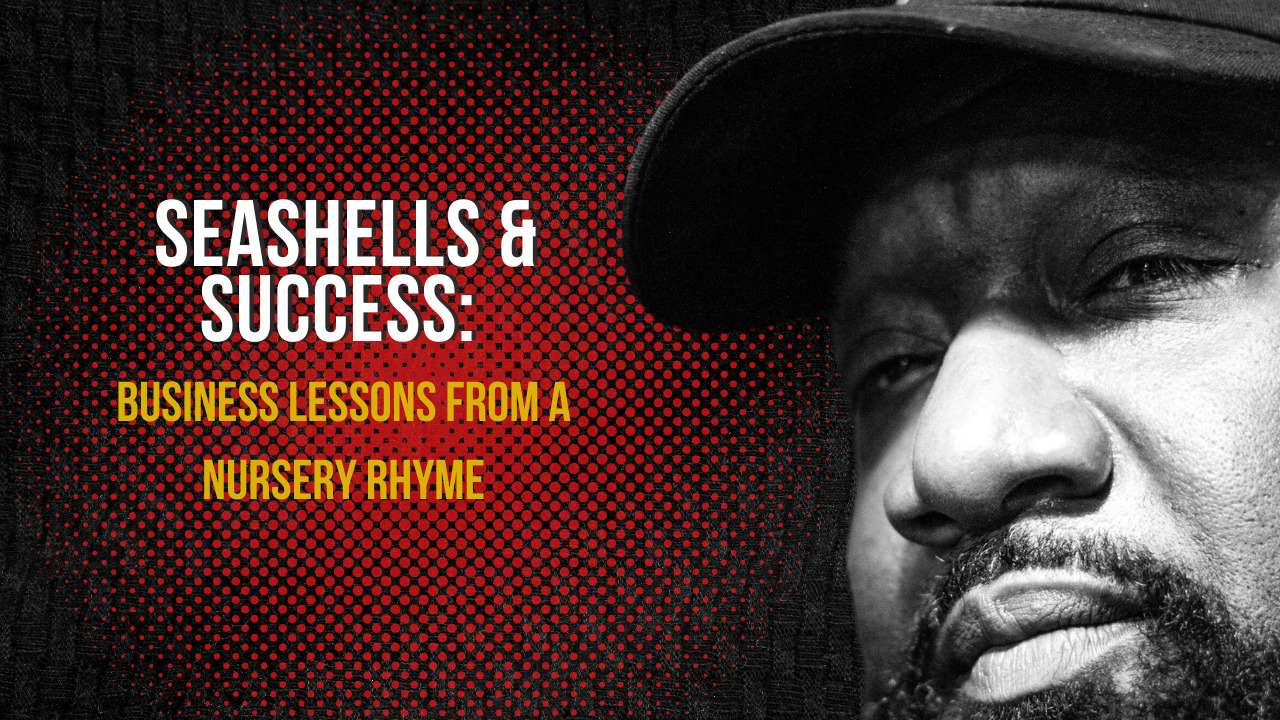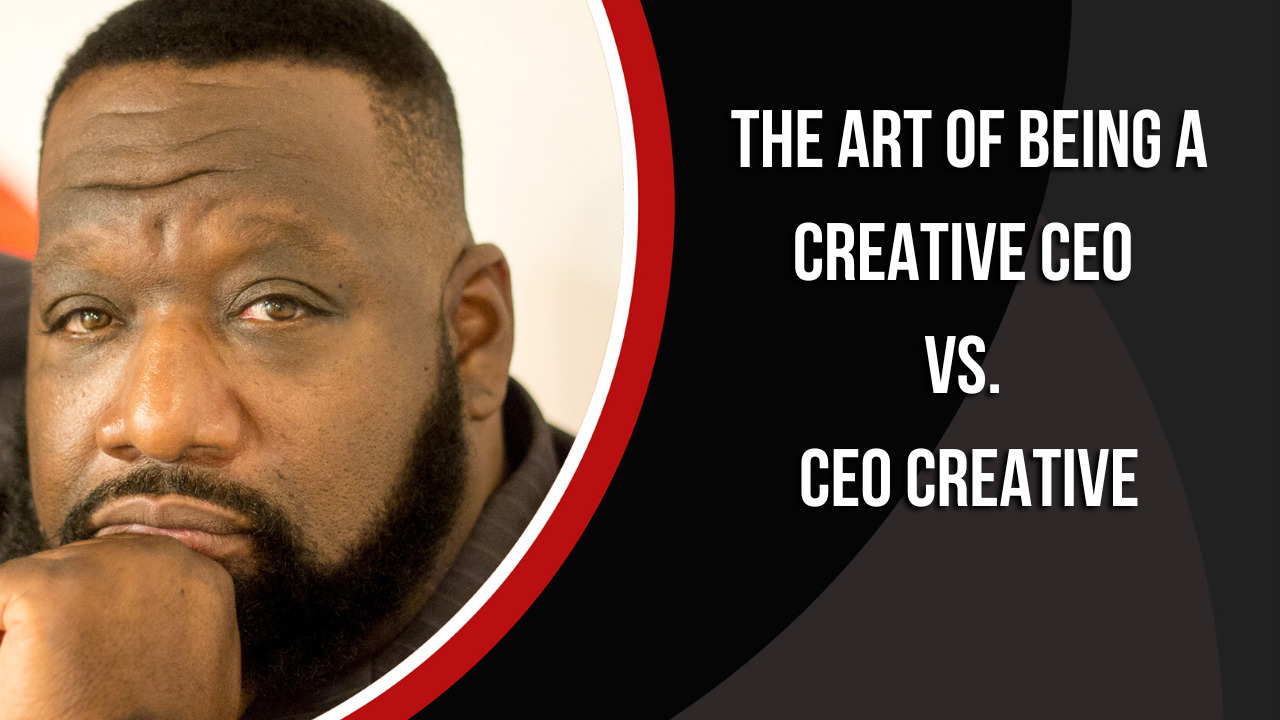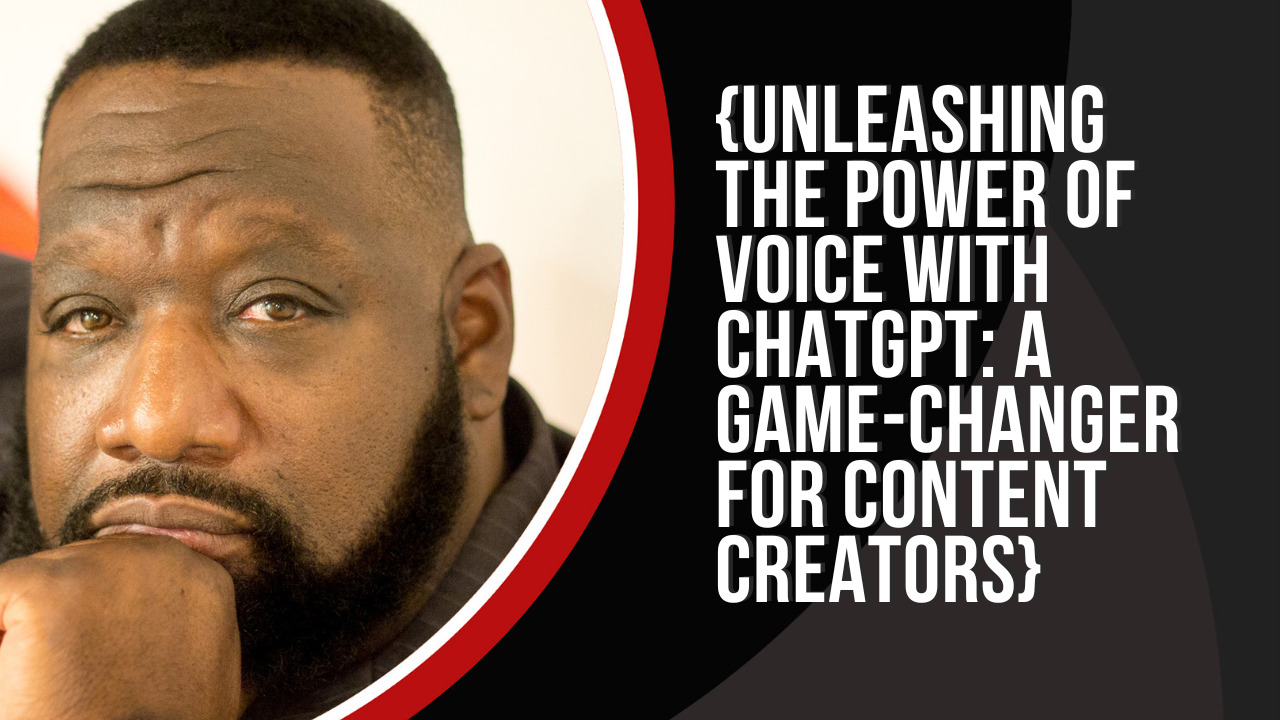She sells seashells by the seashore.
The shells she sells are surely seashells.
So if she sells shells on the seashore,
I'm sure she sells seashore shells.
Let's take a moment to unravel the intriguing lessons hidden in a simple story that has more to it than meets the eye - "She sells seashells by the seashore."
In this tale, are echoes of our own business journeys, filled with challenges and opportunities.
Imagine this scenario: Sally sells seashells right where they're freely available – at the seashore. At first glance, it might seem odd, but let's dive deeper into the business acumen at play.
Lesson 1: Time Is Precious
Sure, anyone could stroll down the beach and pick up their own shells, but why doesn't everyone do that? Because time is a valuable resource!
People appreciate their time, and sometimes, they're willing to pay for convenience. Sally's seashells save them a trip and let them focus on things that matter more to them.
Lesson 2: Expertise Matters
Sally's not just any beachcomber – she's a seasoned professional. Her expertise and keen eye help her curate the most exquisite seashells.
This lesson applies to businesses across the spectrum. Just like Sally, when you offer specialized knowledge and insights, people are more likely to trust your products or services.
Lesson 3: Creating Experiences
Now, here's the magic of it all – the experience! Beyond the shells themselves, people value being around Sally.
They soak in the environment, the connection, and the stories she shares. It's a holistic experience that transcends transactional norms.
Similarly, businesses thrive when they create not just products, but memorable experiences that touch the heart.
So, the next time you encounter skepticism about selling something that's seemingly "free," remember the business lessons from Sally and her seashells.
It's not just about the shells; it's about recognizing the hidden dimensions that transform transactions into meaningful connections.
Join me in celebrating the entrepreneurs who offer more than meets the eye. Let's embrace the lessons from Sally and the Seashore, and infuse our own journeys with the essence of convenience, expertise, and unforgettable experiences.










